Kaimoana (seafood)
Where can I find information about Kaimoana (seafood)?
(Years 5-8)
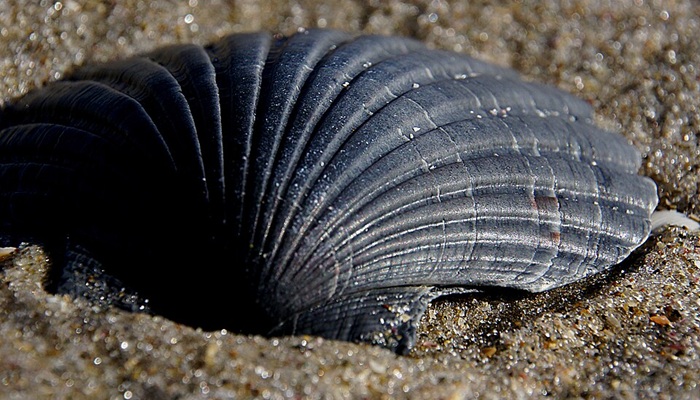
Image: Black scallop shell by Bernard Spragg.NZ on Wikimedia Commons.
Entry last updated: 30/10/25
Introduction
Kaimoana is a te reo Māori word which means seafood. It can refer to any food from the sea, and is connected to traditional beliefs and practices around mahinga kai (food gathering) in te ao Māori (the Māori world).
Kaimoana species
Here is a list of some popular types of kaimoana. Even if the seafood you are looking for is not listed here, the websites in this entry will probably have some useful information.
Tāmure (snapper): A popular fish for catching and eating, it is found throughout New Zealand's coastal waters.
Tuna (eels): An important food source, with many different names in te ao Māori depending on the variety, size, and colour.
Kahawai: Often found close to shore in large schools (groups) of fish.
Kina (sea urchin): Kina have hard outer shells and live in shallow rocky reefs.
Pāua: A type of abalone only found in New Zealand waters. As well as being a food source, the pāua shell is highly valued in te ao Māori, the Māori world.
Tarakihi: Found in shallow and deeper ocean waters around New Zealand, tarakihi is a slender, finned fish.
Pipi: A type of shellfish common in New Zealand, often found in estuaries, sandy river mouths and sheltered bays.
Rāwaru (blue cod): A bottom-dwelling fish native to New Zealand's rocky shores.
Tupa (scallop): A type of shellfish found in sandbanks and mudbanks in sheltered bays and coastal areas.
Hoki: A deep-water fish, often used in fish and chips.
Hāku (kingfish): These fish can grow up to 1.7m and weigh up to 56kg. They are often found hunting for smaller fish in bays, harbours, and estuaries.
Inanga (whitebait): Inanga is the juvenile (young) of 6 different fish species that migrate from the ocean up rivers and streams in spring.
Tio (oyster): Also known as Bluff oysters, Tio can be found in the waters around New Zealand and are most commonly found in the south. They live 25-50 metres deep in gravel or coarse sand sea floors.
Kuku (mussel): Also known as green-lipped mussels, kuku have emerald-green shells and are valued as a food source and for medicinal uses. They can be found attached to rocks and wharf piles.
Pāpaka (crab): Also known as the New Zealand Paddle Crab. Found off sandy beaches, harbours, and estuaries, this crab is able to swim due to its paddle-like rear legs but will often bury itself in sand to wait for prey.
Kōura (lobster and crayfish): There are two types of kōura - freshwater and marine. Kōura have one of the longest life spans of all kaimoana.
More different types of kaimoana can be found on the Seafood New Zealand site.
Tips: Websites that have .com or .co in the address can have good information, but you need to think about how reliable it is. Check the About us link on the website, if you can find one. That can tell you what the company’s mission and values are.
General websites
These websites have lots of information about kaimoana, including the importance of kaimoana in te ao Māori and the work being done to preserve traditional food sources.
Te Ara: the Encyclopedia of New Zealand
Te Ara is a great starting point for all questions about Aotearoa New Zealand. If we look down to the bottom of the page, we can see that the website belongs to the Ministry for Culture & Heritage, so the information is well-researched and reliable.
Use the keyword 'seafood' (on this site, the word seafood gets more results than the word kaimoana).
Select the result called Seafood to get a good summary. There is more information under each chapter heading, such as early Māori and settler diets.
Or check out some of the other search results, like the page on Mātaitai – shellfish gathering.
Another topic you could explore is te hī ika, Māori fishing.
Tips: When two or more different words are used to mean the same thing, it can be useful to try different searches using both words. It's also worth using words from both te reo Māori and English, eg try 'kōura' and then try 'lobster'.
NIWA National Institute of Water and Atmospheric Research
This New Zealand organisation focuses on environmental monitoring, research, and education. The website has lots of scientific information about our environment and also has good overviews of some kaimoana species.
Open the menu and go to Te Kūwaha.
Look under Tools & Resources to find the Taonga Species Series, with lots of information about species which are of special importance in te ao Māori.
Or you can search for 'mahinga kai' to find Mahinga kai - what species interests you? about important mahinga kai species.
This is the YouTube channel for Ngāi Tahu, the largest iwi in Te Waipounamu (the South Island). They have a collection of videos around mahinga kai (food gathering). The series includes lots of information about kaimoana.
Go to the Playlists tab.
Look for Mahinga Kai Web Series.
Choose a video to watch.
Tips: You will find a huge selection of videos on YouTube. We recommend you view videos from reliable sources like National Geographic, History Channel, BBC etc. These are official channels from organisations.
This website has articles, activities, and videos and includes information on the importance of kaimoana in New Zealand. It's from the University of Waikato and Curious Minds (NZ) and is great for students.
Try searching for 'kaimoana'.
Check out images like Kaimoana in the eastern Bay of Plenty or articles like Iwi and kaimoana.
Tips: Websites that have .org or .net in the address can have good information, but you need to assess how reliable it is. If you look at the About page you'll see this site is from the University of Waikato and the New Zealand Government, so we should be able to trust the information.
World Wildlife Fund has lots of information about the importance of conserving seafood resources. It includes information on lots of countries and seafood industries around the world.
Go to the search icon at the top of the page and search for 'seafood'.
Explore the pages around Sustainable Seafood or Wild-caught Seafood.
Tips: You can also choose to limit your results to 'species' and find pages on particular types of animals like Tuna. In this case, the word tuna is used to refer to the tuna fish, whereas in te reo Māori, tuna means eels.
Books
Some books about kaimoana are:
Kaimoana by Amanda Jackson
Māori and the natural world : Te Taiao by Jennifer Garlick
Check your school or public library to find these or other books.
Topics covered
Related content
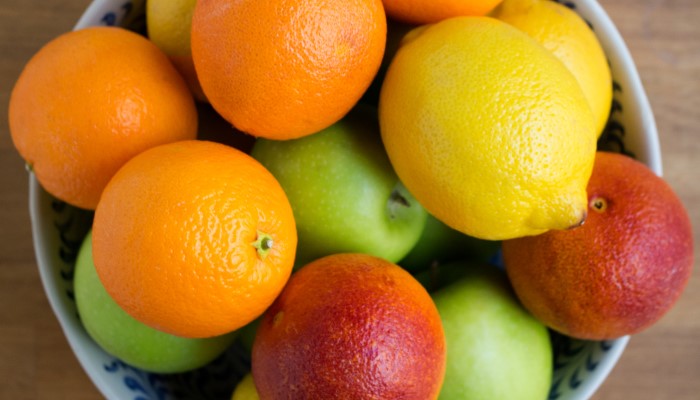
Food
Where can I find information about food?
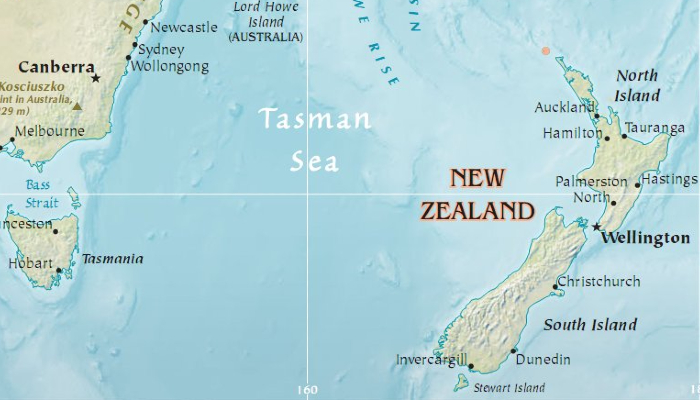
Seas
Where can I find information about seas around the world?
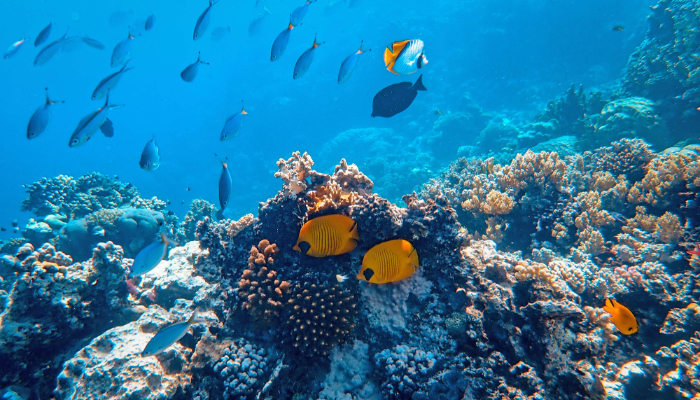
Oceans
Where can I find information about oceans?
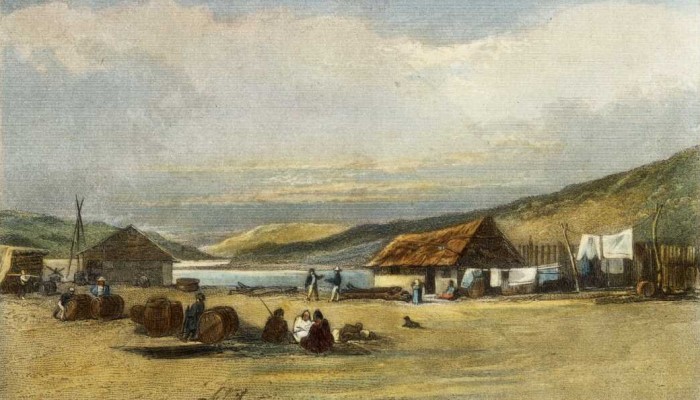
Sealing & whaling (New Zealand)
Where can I find information about the history of sealing and whaling in New Zealand?
